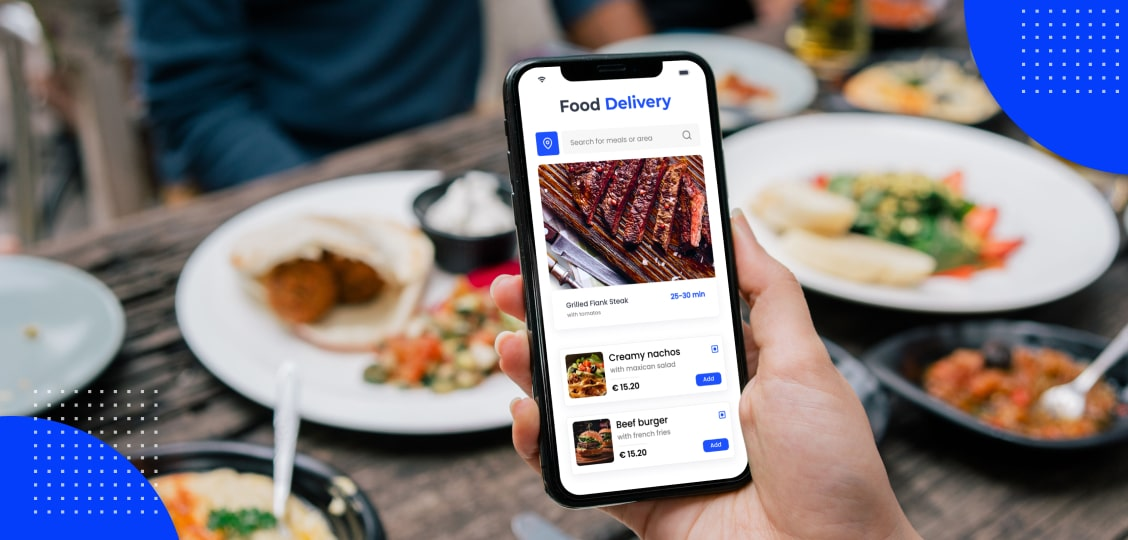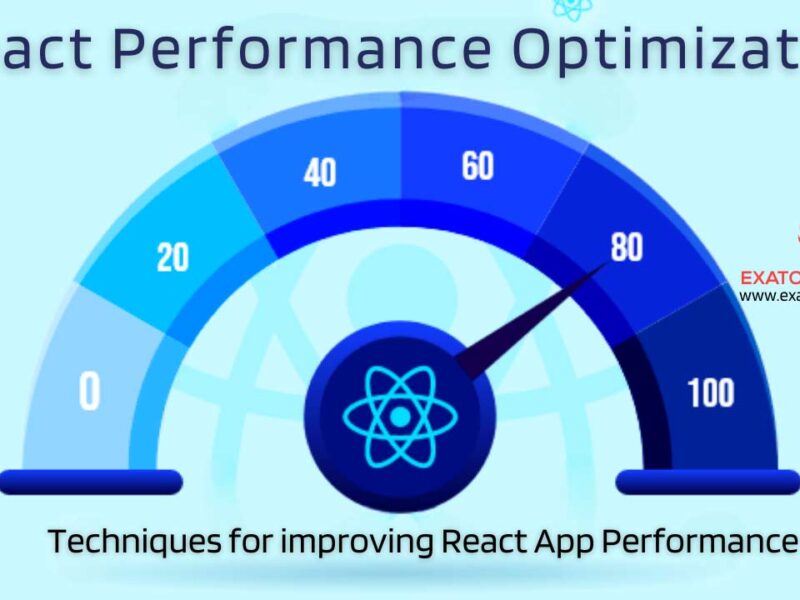The race is on to build better food delivery apps, and the competition is heating up. Swiggy, Zomato, Ubereats, and Grubhub are battling it out for the top spot. Swiggy, for example, has raised $1.5 billion so far, including $2.4 billion in 2022 alone. Barriers to entry are low for restaurant finder apps. In 2022, the three companies acquired a combined $8.6 billion. And last year, they earned $5.4 billion in gross bookings. But what makes an app great?
Is it the number of restaurants in its database? Is it the user reviews? Is it the convenience it offers? Is it the speed of delivery? Is it the pricing?

While the answers to these questions vary, one thing is certain: No matter how good the app is, it will never be perfect. Customers are always looking for a quick and easy experience, with little regard for the technology on which the app is built. Swiggy, Zomato, Ubereats, and Grubhub are examples of food delivery apps. In India, a simple steakhouse finder and food delivery app costs between $3500 and $9,500. According to research, the cost of developing apps like Eat24 can reach $20,000, depending on the extent of the project.
Business Model of App like Zomato, Swiggy, UberEATS, Grubhub
Food delivery apps have become the rage in India. Several startups have popped up over the last few years, and some of these have secured funding from various investors. Swiggy, Zomato, UberEats, and Grubhub are among the most popular ones. These apps are essentially restaurant finders as well as food delivery applications.
The business model of apps like Swiggy, Zomato, UberEats, and Grubhub has given rise to a large number of on-demand startups in the food delivery vertical. All these apps essentially play a dual role. They are restaurant finders as well as food delivery applications. Built on the traditional food delivery model, and offers access to multiple restaurants through its online food ordering app.
On-demand food delivery apps have a number of advantages. They allow consumers to order food from their favorite restaurants without having to leave home or the office. Moreover, these services offer discovery benefits as well. The apps allow consumers to browse through the menus of restaurants and then decide which restaurant they would like their food from.
The payment mechanism on these apps is cash on delivery, credit card, or debit card. Moreover, consumers often enjoy discounts, deals, and cash back when they make payments through these apps. What’s more, these apps give consumers a sense of convenience, safety, and satisfaction.
Consumers typically pay for food either in advance or at the time of delivery. The delivery fee on each order varies according to the distance traveled. Moreover, consumers typically enjoy free delivery when the total bill is above a certain threshold.
Amidst this competitive environment, Swiggy, Zomato, UberEats, and Grubhub have carved out their own niche. They cater to different segments of the population.
How much it costs to develop an app like UberEATS

Expenses for the Developer:
In general, the associated with hiring an engineer ranges from $10-$35 per hour or $100 per month. [This cost may vary depending on the engineer’s specialization and expertise.]
Cost of Compilation:
This part entails spending a lot of money on social affairs, conferences, and overviews, as well as implementation, enabling, and assembling a staffing team that will be involved in carrying out employment strategies.
Design and creation:
The cost of application configuration and development is the total amount spent by the company on developers and test engineers.
Testing and Publication:
The project manager needs to decide on the budget for the sub-projects and the dates when the sub-project milestones need to be achieved. The team needs to decide on the roles and responsibilities of its members. In addition, the project manager needs to recommend which sub-projects need to be completed first.
It is critical to develop the program before deploying it. If the application fails to function properly after deployment, high costs must be incurred. To avoid having to go through bug fixes within a week of releasing this application, the app is divided up for a one-time fee of $20.
Features of a Food Delivery App
Customer, Navigation Menu, Registration, Sign up, Place order, Restaurant details, Filter restaurants by cuisines, Current offers, Address book, Rewards, loyalty, and coupons, Admin, Admin Log-in, Restaurant Management, Application Management, Order Management, Technical Payment, Payment Management are the key features.
Now, the question that arises is whether this is the right investment. If your business is already handling more than 20,000 orders in a month, is it worth investing thousands of dollars in an app that may end up in losses?
“A restaurant app, by its very nature, is instant ROI,” says William Hewson, vice president of DEAL LLC, a Boston-based mobile software company. “It’s not like a website where you have to build it, wait for it to get indexed, and then hope that it gets exposure in the search results.”
A restaurant app is the first thing many consumers see when they visit your restaurant. This means you are letting customers know instantly that you are there and that you are ready to serve them. According to Hewson, a restaurant app, by its very nature, is instant ROI. “It’s not like a website where you have to build it, wait for it to get indexed, and then hope that it gets exposure in the search results.” But if a restaurant app is an instant ROI, then why would a restaurant not invest in such a mobile app? Often restaurants are hesitant to invest in an app because they feel that they do not have an audience that is interested in a mobile app.
Grocery development app builder
With app builder, these are things you can do with no coding Apps that are completely customizable. You can easily customize your app’s menu, home screen, and design. Dashboard for a restaurant and analytics for mobile apps. Get real-time analytics on the performance of your mobile apps to maximize profits and revenue. Intelligent sorting and filtering. With intelligent sorting and sifting features, you can provide your customers with easy access to your inventory. Increase your sales by promoting new products, consumables, deals, and discounts.
Food delivery app:
We all have to eat, yet every time you order food, you can end up disappointed. Delivery apps, according to Google, have more than a billion users. That’s a lot of people and a lot of money. But delivery apps have been around for a while. And every time one changes its pricing model, people complain and stop using the app. So building a successful app is hard. And yet, it’s simple. What is hard is learning how to build a business. Finding out how to make money on your own is hard too. But the answer is often staring you in the face.
The most successful apps have been those that make it easy to order and pay for food. They may not be the best apps, but they are the ones that have figured out how to make money. Restaurants pay delivery apps a fee, usually 1% to 3% of an order. That fee adds up. Delivery apps typically take a small cut of every order, usually around 15 cents. But the cut is part of their price (the price you pay).
If you order food from an app, it will charge you 15% to 25% more than if you ordered through a restaurant. The delivery fee is what you pay for convenience. That doesn’t mean delivery apps are free. But they are friendly to businesses because they make it easier for them to get paid. The formula works. Food Delivery apps make a lot of money. But they also have competition, which means they have to figure out how to keep the people they have. You can probably do something better. But you have to admit that building an app is hard. So what do you focus on?
Restaurant app builder
Nowadays, you don’t have to build a restaurant to get rich. You can start a software development company, or build a social network, start a video game company, or make a smartphone app. But there is something to building a restaurant. Restaurants are still a big deal. And building one is much like building a startup: it combines creativity, hard work, and luck.
Most restaurant entrepreneurs start with the obvious: they invent a new kind of restaurant. But they’ll usually run into a problem: someone else has already done it. You can’t make burgers better than McDonald’s or a better deli than Subway. So you’ll end up finding yourself competing with someone bigger. But you can go after a different customer. Instead of competing with the best restaurants, you can build your own. Instead of trying to invent a new kind of restaurant, you can build a restaurant that caters to people who want something different from the regular fare or who can’t afford the best restaurants.
For example, you can build a gourmet burger joint, a gourmet sandwich place, or a gourmet hot dog place, or a gourmet taco place. If you can build a restaurant that serves a particular kind of customer, then you’ll have a natural advantage over the competition. You’ll have figured out how to serve that customer better than the competition. You’ll have figured out how to serve the kind of customer you want to serve better than anyone else.

Conclusion:
One thing online food-ordering businesses must not do is to think like traditional restaurants. Restaurants have the advantage of providing food, and customers visit them because they provide a specific experience. Online food ordering businesses, on the other hand, are selling convenience.
Online food ordering businesses must therefore think like supermarkets, which focus on providing convenience. They don’t have to provide food, and they can make money selling other things. They can make money selling convenience, and people will be happy to pay for the convenience.
Supermarkets understand that people buy convenience. With supermarkets, you can buy food without having to go somewhere. All supermarkets do is figure out the things people need, buy them in bulk, and sell them for a lot less than it would cost you to buy the same things for yourself.
Online food-ordering businesses can do the same. Instead of trying to compete with restaurants, they should compete with supermarkets. Supermarkets focus on convenience. Online food-ordering businesses should be too.
One big difference between supermarkets and restaurants is that supermarkets know they can get a lot more customers selling some things for a lot less than it costs them to make them. Supermarkets don’t try to make their best deals at breakfast or lunch, or dinner because they know that those are the times when people are most likely to go somewhere else. Supermarkets do most of their business in the dead of night when most people don’t have time to shop. Online food-ordering businesses should do the same.
Online food ordering businesses should create a special menu for late-night rather than the regular menu. To make the deals more appealing, they should also offer patrons the opportunity to order food to be delivered at their doorsteps free of charge. Customers must feel that they are being offered something special and make them feel that they are in for a treat.



